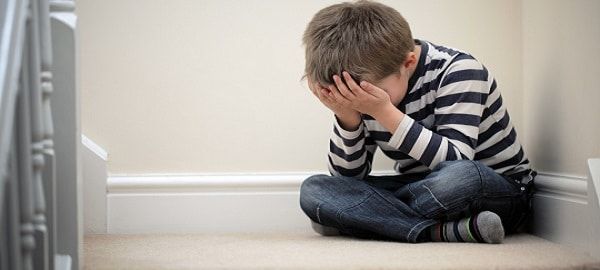Gifted Students Returning to School after Lockdown
Meeting the Needs of gifted students returning to school after Coronavirus remote learning
Gifted students have the right to continue to have their learning expanded, to retain the excitement for learning that they have pursued during isolation from their classroom peers; all school systems have the responsibility to ensure that this happens.
Gifted students benefit most from working with scaffolded learning material in their zone of proximal development, with their intellectual peers. Gifted students benefit most from having their level of knowledge and the level at which they are capable of learning identified, and a strengths-based individual education plan put in place for them in response to their learning needs.
As we prepare for the return of students to full time schooling, within schools, we need to consider how this will be implemented effectively for all students. There have been assurances through social media that it does not matter too much if students have not successfully engaged with home-based learning, that teachers are professionals who will help to bridge those gaps, and this is a commendable reflection of the professionalism of teachers and their dedication to working towards the goal that no child is left behind.
However, there will be some students, some gifted students in particular, who will have thrived in the home learning environment. Students who will have been learning faster, at a higher level or a greater degree of complexity than allowed by their normal classroom program. These students will return to the classroom with a greater gap between them and their classroom peers – but at the opposite end of the scale to those who will be the main focus of attention.
Pre-assessment is critical in determining where each learner is before commencing a unit of work. Pre-assessing is considered best teaching practice, to eliminate re-teaching knowledge that students already know and enabling more in-depth exploration of new content (for gifted students this may be at a higher-than-age-peers grade level) and/or use of higher order thinking skills to use the new knowledge.
For some gifted students a well-structured, differentiated approach to the curriculum may meet their needs, provided it allows them to move quickly through, or eliminate entirely, repetition and lower order content.
There are many acceleration strategies, one of which is moving a student forward to a grade, which fits his or her grade equivalent ability. For students meeting guidelines for acceleration, to work in a classroom with older students is an educational approach supported by decades of research. Any acceleration strategy should be carefully planned and monitored.
If a student is consistently displaying capability above their grade level in one or more learning areas, consideration should be given to learning area acceleration to a higher grade. This may be achieved by supplying the student with higher grade learning material within their classroom, or by placing the student in a higher-grade classroom. The learning style and needs of the student should be the prime driver in the choice made.
If a student is displaying capability above their grade level across the academic curriculum, consideration should be given to full grade grade-skip, to permanently joining a higher grade, and states and territories have procedures and processes for this educational process.
The AAEGT strongly encourages all education systems, leaders and teaching staff to consider the needs of those gifted learners who have made even more gains during their period of enforced absence from the classroom.
It is important to note that while some gifted students may have thrived, others may have experienced a variety of challenges; some may need social and emotional support to transition back to face to face learning.
When returning to the classroom, parents should consider communicating the following to the teacher:
- Outline the activities that engaged your child and in which they enjoyed participating; and those activities that they avoided;
- Describe additional learning opportunities they have been exposed to; for example, website learning platforms, on-line courses etc;
- Keep the teacher informed about what your child has read, especially reading beyond the prescribed texts;
- Share any positives or negatives about how your child is coping with the COVID-19 situation and any concerns you have;
- If your child set goals for themselves, what were they and what they achieved?
- On the return to the classroom advocate for learning that matches your child’s current learning needs and skills;
- Be open about the challenges they experienced as learners. How well did they persevere with tasks? How well did they engage with open-ended learning opportunities? How did they respond to self-directed learning? What did they produce?
- Use this return to school to develop open and continued communication with your child's school.
Teachers, upon children’s return to the classroom:
- Use this return to school as a great opportunity to continue and maintain the strong communication with families that you have built up during this time;
- Familiarise yourself with what activities each of your students participated in during lockdown and remote learning. Either as part of the planned learning schedule or as part of exploring and use of online learning tools;
- Conduct formative assessments to determine what your students current learning needs are (you may need to look at using materials at a grade level above if the student has moved ahead a long way);
- Meet learning where it needs to be in alignment with the Australian Curriculum;
- Be open to learning about the approaches/techniques shared by extended family members that may be different to the approach/strategies you would have taught; remember that the underlying philosophy to teaching different approaches is so that students can choose one that works well for them, not to be able to use them all;
- Continue to know and understand your curriculum, using breadth, depth, pace and complexity to help to meet the learning needs of your gifted students.
Meeting the needs of gifted students returning to school after Coronavirus remote learning. AAEGT - May 2020
Resources


New Paragraph
Striving to improve outcomes for gifted learners
Copyright 2021 AAEGT - Privacy Policy









